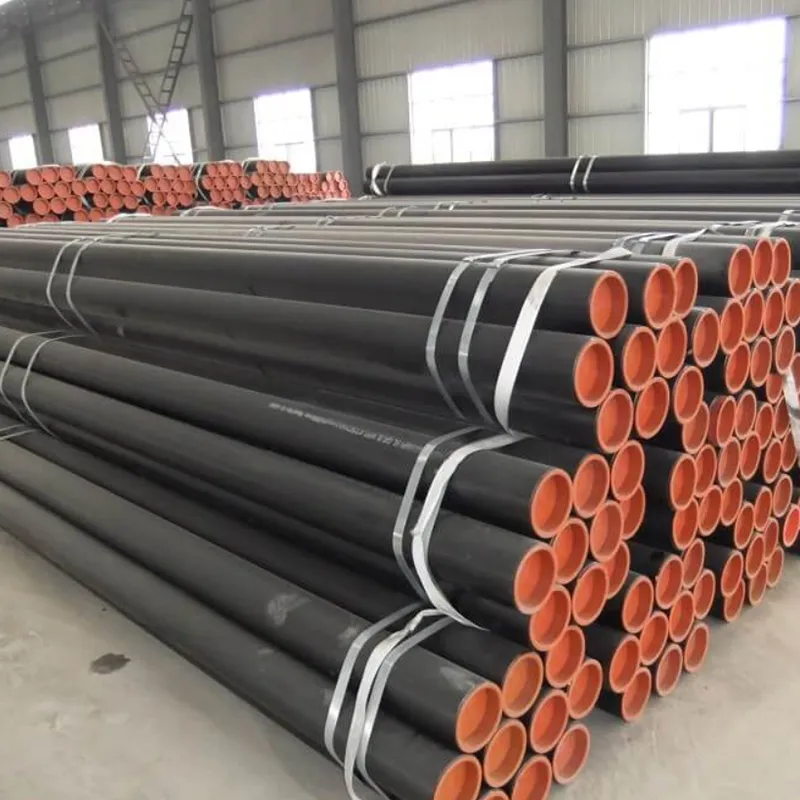-
Cangzhou Yulong Steel Co., Ltd.
-
Phone:
+86 13303177267 -
Email:
admin@ylsteelfittings.com
- English
- Arabic
- Italian
- Spanish
- Portuguese
- German
- kazakh
- Persian
- Greek
- French
- Russian
- Polish
- Thai
- Indonesian
- Vietnamese
- Zulu
- Korean
- Uzbek
- Hindi
- Serbian
- Malay
- Ukrainian
- Gujarati
- Haitian Creole
- hausa
- hawaiian
- Hebrew
- Miao
- Hungarian
- Icelandic
- igbo
- irish
- Japanese
- Javanese
- Kannada
- Khmer
- Rwandese
- Afrikaans
- Albanian
- Amharic
- Armenian
- Azerbaijani
- Basque
- Belarusian
- Bengali
- Bosnian
- Bulgarian
- Catalan
- Cebuano
- China
- China (Taiwan)
- Corsican
- Croatian
- Czech
- Danish
- Esperanto
- Estonian
- Finnish
- Frisian
- Galician
- Georgian
- Kurdish
- Kyrgyz
- Lao
- Latin
- Latvian
- Lithuanian
- Luxembourgish
- Macedonian
- Malgashi
- Malayalam
- Maltese
- Maori
- Marathi
- Mongolian
- Myanmar
- Nepali
- Norwegian
- Norwegian
- Occitan
- Pashto
- Dutch
- Punjabi
- Romanian
- Samoan
- Scottish Gaelic
- Sesotho
- Shona
- Sindhi
- Sinhala
- Slovak
- Slovenian
- Somali
- Sundanese
- Swahili
- Swedish
- Tagalog
- Tajik
- Tamil
- Tatar
- Telugu
- Turkish
- Turkmen
- Urdu
- Uighur
- Welsh
- Bantu
- Yiddish
- Yoruba

Jan . 01, 2025 00:04 Back to list
Exploring Techniques for Stainless Steel Tube Shaping and Formation Processes
The Art and Science of Stainless Steel Tube Forming
Stainless steel tube forming is a crucial manufacturing process that allows for the creation of high-quality, durable tubes used in a variety of applications, ranging from construction and automotive to aerospace and medical equipment. The versatility and strength of stainless steel make it an ideal material for creating tubes that can withstand extreme environments, resist corrosion, and maintain structural integrity over time.
Understanding Stainless Steel
Before delving into the forming processes, it's essential to understand what stainless steel is. Comprising primarily iron, chromium, and nickel, stainless steel is celebrated for its corrosion resistance, high-temperature strength, and aesthetic appeal. The chromium content forms a thin layer of oxide on the surface, protecting the iron underneath from rust and corrosion. There are various grades of stainless steel, each with unique properties that make them suitable for different applications. For tube forming, the most commonly used grades are 304 and 316, both of which are known for their excellent weldability and formability.
Tube Forming Processes
The forming of stainless steel tubes can be accomplished using a variety of methods, each selected based on the desired end product and its intended use. Some of the most common forming techniques include
1. Seamless Tube Forming This process involves heating a solid billet of stainless steel and piercing it to create a hollow tube. The tube is then elongated and shaped through a series of rolling mills. Seamless tubes are favored in applications requiring high-pressure resistance and structural integrity, as the absence of seams reduces the risk of failure.
2. Welded Tube Forming In this method, flat sheets of stainless steel are rolled into a cylindrical shape and then welded together along the seam. There are several welding techniques used, including TIG, MIG, and laser welding. Welded tubes are often more cost-effective than seamless tubes and can be produced in longer lengths, making them suitable for applications that do not require the same level of pressure resistance.
stainless steel tube forming

3. Hydroforming Hydroforming is a specialized process that uses high-pressure hydraulic fluid to shape stainless steel tubes into complex geometries. This method is particularly useful for creating parts with intricate designs and is often employed in industries like automotive manufacturing, where lightweight, strong components are essential for enhancing fuel efficiency.
4. Bending and Forming Once the basic tube is formed, additional processes such as bending, crimping, or flaring may be applied to create specific geometries or adapt the tube for particular applications. Advanced CNC bending machines allow for precise control over the bending radius and angle, ensuring that tubes fit perfectly into assemblies.
Quality Control in Tube Forming
Quality control is paramount in the stainless steel tube forming process. Tubes are subjected to various tests to ensure they meet industry standards for strength, durability, and surface finish. Non-destructive testing methods such as ultrasonic testing and eddy current testing are commonly used to detect internal and surface flaws without causing damage. Additionally, dimensional inspections ensure that the tubes conform to the required specifications, which is especially important in industries like aerospace and medical, where precision is critical.
Environmental Considerations
The stainless steel tube forming industry is increasingly focusing on sustainability and reducing its environmental footprint. Innovations in recycling and sustainable sourcing of materials are being implemented to ensure that the production processes are eco-friendly. Stainless steel itself is highly recyclable, and using recycled materials not only conserves natural resources but also reduces energy consumption during the manufacturing process.
Conclusion
Stainless steel tube forming is a sophisticated field that combines art and science to produce components essential for modern infrastructure and technology. With advancements in forming techniques and a heightened focus on quality and sustainability, the industry is well-equipped to meet the challenges of the future. As demand for durable and reliable stainless steel tubes continues to grow, the innovations in this domain will undoubtedly lead to new possibilities and applications across various sectors, reinforcing the status of stainless steel as a material of choice in tube forming.
Latest news
-
ANSI 150P SS304 SO FLANGE
NewsFeb.14,2025
-
ASTM A333GR6 STEEL PIPE
NewsJan.20,2025
-
ANSI B16.5 WELDING NECK FLANGE
NewsJan.15,2026
-
ANSI B16.5 SLIP-ON FLANGE
NewsApr.19,2024
-
SABS 1123 FLANGE
NewsJan.15,2025
-
DIN86044 PLATE FLANGE
NewsApr.19,2024
-
DIN2527 BLIND FLANGE
NewsApr.12,2024
-
JIS B2311 Butt-Welding Fittings LR/SR 45°/90° /180°Seamless/Weld
NewsApr.23,2024











